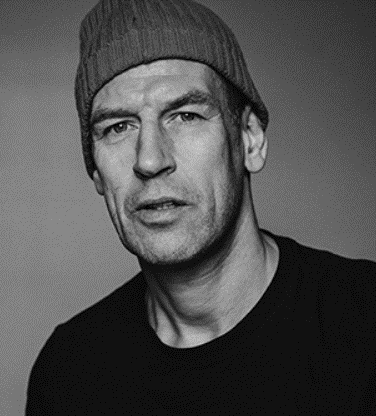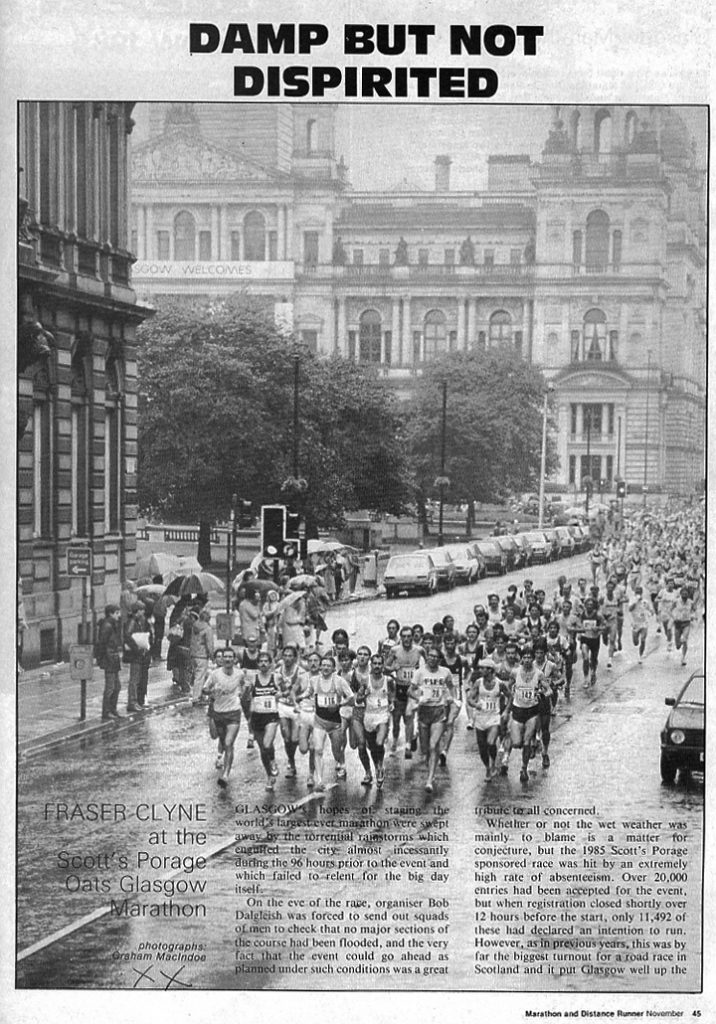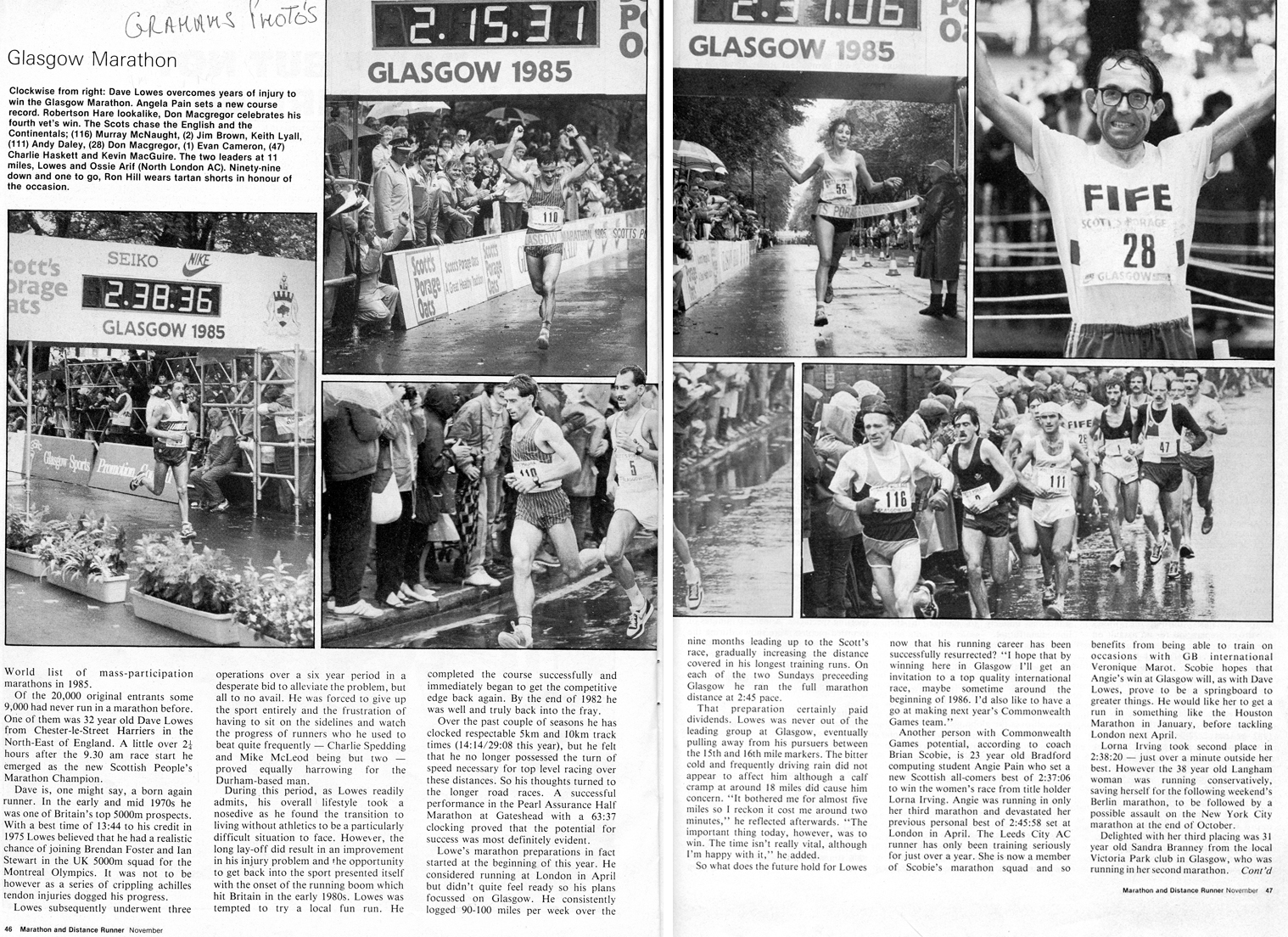We have established that Graham was a keen runner and he has been running through five decades now with no sign of stopping. But maybe we know him better as a photographer of quality. How did he get into the photography business?
Always interested in photography, it was only when he went to Edinburgh Art College in 1983 that he managed to buy himself a camera using part of his student grant. When he went to see his pals running, he started taking his camera along with him. At that time he didn’t have what he calls “a fancy camera with motor drive or a huge assortment of lenses” and sometimes he didn’t have the required cash to buy a lot of film. Being resourceful he decided to send the pictures that he took to magazines to cover his costs and also get some cash to buy the aforementioned film and also to get some pictures of Scottish running events out there. He sent his photographs to Athletics Weekly who bought them, to the many magazines that appeared during the ‘running boom’ and Scottish publications like ‘Scotland’s Runner’. This all paid for film, prints and travel. When he moved to London in 1988 he gave up running and photographing events. Most of the negatives ended up in a box at his Dad’s.
It would be a mistake, of course, to say that he only used his camera to take photographs of athletics. The British Culture Archive has a gallery of his pictures which starts
“British Culture Archive
As a young punk from Broxburn in West Lothian, Graham MacIndoe started out on his creative path studying painting at Edinburgh College of Art. That all changed when Graham developed a serious passion for photography, documenting street life around 1980s Edinburgh, creating intimate portraits of ordinary people going about their day-to-day lives.
Ordinary People
He went out every weekend when he wasn’t in the painting studios at college, taking lots of photographs. He wanted to document the real Edinburgh – the ordinary people in the working class parts of the city, away from the tourist attractions that are portrayed across the world, places like Craigmillar, Wester Hailes and Pilton.”
You can read more and see the photos that he took away from athletics in the 1980’s at the British Culture Archive website page
https://britishculturearchive.co.uk/edinburgh-in-the-1980s-graham-macindoe/
Back to the athletics though. By 1991 he was married with a son and at that point moved to New York City where he continued and developed his interest in photography by working in photo galleries – and he also resumed his own running. When he got his green card, he set up in business as a freelance photographer working for magazines, design and advertising companies.
Several years ago he came across the negatives again and started scanning them and putting them up on Facebook.
So much for the athletics photographs – how about the profession away from sport? He has been, he says, “Lucky enough to travel the world taking photographs and has worked for IBM, ESPN, MasterCard, Fidelity, New York Times magazine and The Guardian magazine. He has also photographed many celebrities – such as Desmond Tutu, Tony Bennett, Gary Oldman, White Stripes, The National, Craig Ferguson, Frank Gehry and probably the most famous of them all, Michael Jackson.
His photography goes wider than just the commercial work of a high standard. His biography as noted on his website (grahammacindoe.com ) says:



